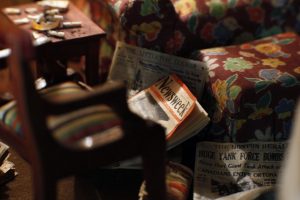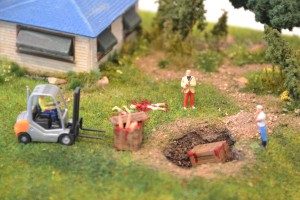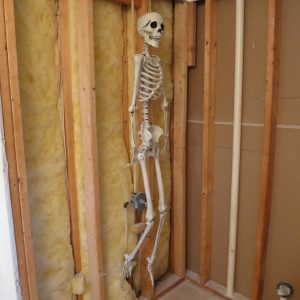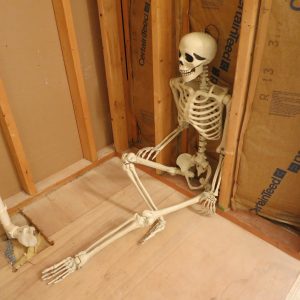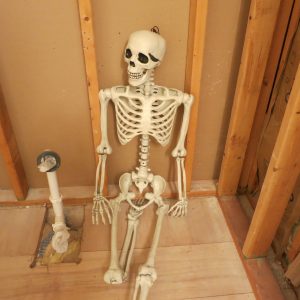KN, p. 283 “Twelve Calls from Dispatch”
Some light-hearted fun for the holidays – sing it to the tune of that famous song “The Twelve Days of…” and change the number of the Dispatch call to fit the verse. You know how it goes. LOL
On the first call from Dispatch, our first assignment was…
A stranded kitten up in a tree.
On the second call from Dispatch, our new assignment was…
Two running thieves and
A stranded kitten up in a tree.
On the third call from Dispatch, our new assignment was…
Three accidents
Two running thieves and
A stranded kitten up in a tree.
On the fourth call from Dispatch, our new assignment was…
Four murder scenes
Three accidents
Two running thieves and
A stranded kitten up in a tree.
On the fifth call from Dispatch, our new assignment was…
Five… rescue… calls…
Four murder scenes
Three accidents
Two running thieves and
A stranded kitten up in a tree.
On the sixth call from Dispatch, our new assignment was…
Six burglars climbing
Five… rescue… calls…
Four murder scenes
Three accidents
Two running thieves and
A stranded kitten up in a tree.
On the seventh call from Dispatch, our new assignment was…
Seven suspects fleeing
Six burglars climbing
Five… rescue… calls…
Four murder scenes
Three accidents
Two running thieves and
A stranded kitten up in a tree.
On the eighth call from Dispatch, our new assignment was…
Eight P.I.s searching
Seven suspects fleeing
Six burglars climbing
Five… rescue… calls…
Four murder scenes
Three accidents
Two running thieves and
A stranded kitten up in a tree.
On the ninth call from Dispatch, our new assignment was…
Nine chocolate donuts
Eight P.I.s searching
Seven suspects fleeing
Six burglars climbing
Five… rescue… calls…
Four murder scenes
Three accidents
Two running thieves and
A stranded kitten up in a tree.
On the tenth call from Dispatch, our new assignment was…
Ten cops patrolling
Nine chocolate donuts
Eight P.I.s searching
Seven suspects fleeing
Six burglars climbing
Five… rescue… calls…
Four murder scenes
Three accidents
Two running thieves and
A stranded kitten up in a tree.
On the eleventh call from Dispatch, our new assignment was…
Eleven Techs collecting
Ten cops patrolling
Nine chocolate donuts
Eight P.I.s searching
Seven suspects fleeing
Six burglars climbing
Five… rescue… calls…
Four murder scenes
Three accidents
Two running thieves and
A stranded kitten up in a tree.
On the twelfth call from Dispatch, our new assignment was…
Twelve lawyers advising
Eleven Techs collecting
Ten cops patrolling
Nine chocolate donuts
Eight P.I.s searching
Seven suspects fleeing
Six burglars climbing
Five… rescue… calls…
Four murder scenes
Three accidents
Two running thieves and
A stranded kitten up in a tree.
May 2022 be crime-free for you and yours!
Merry Christmas and Happy Holidays!
KN, p. 283 “Twelve Calls from Dispatch” Read More »


